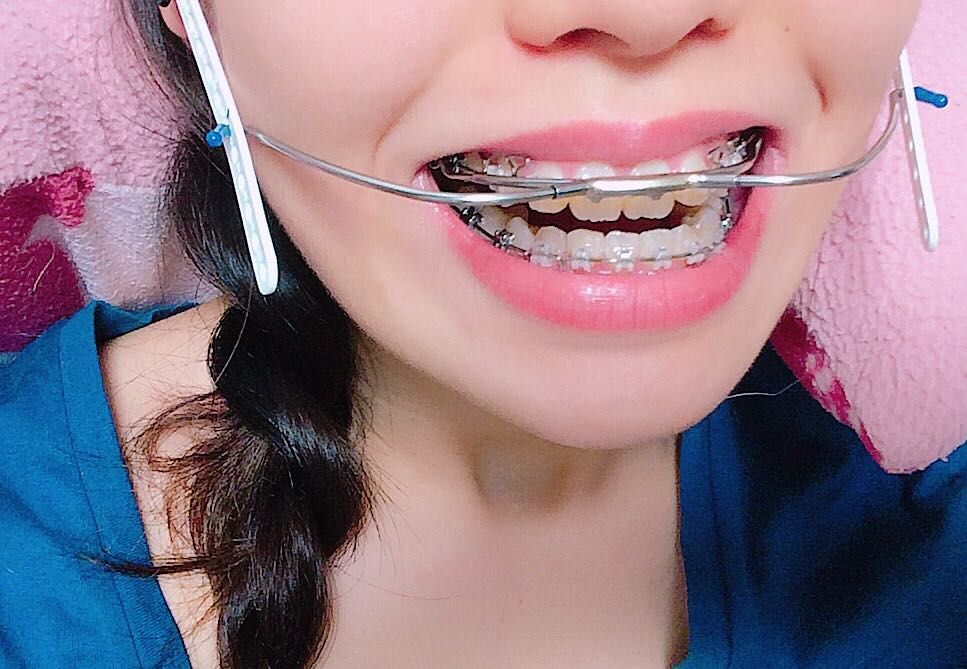For years, dental headgear was seen as an outdated and uncomfortable orthodontic tool, often associated with bulky designs and teenage awkwardness. But today, orthodontic treatment has evolved, and so has headgear. Surprisingly, this once-dismissed device is reemerging as a valuable tool in specific cases. Patients seeking dental headgear in Dubai are discovering that modern designs are more comfortable, efficient, and less intrusive than their predecessors. With improved materials and smarter treatment planning, headgear is finding renewed purpose in correcting complex orthodontic problems.
Why Headgear Was Once on the Decline:
Dental headgear began to fall out of favor in the early 2000s, primarily due to advances in fixed appliances and invisible aligners.
- Innovations like clear aligners (e.g., Invisalign) gained popularity
- Fixed appliances such as braces became more efficient at addressing moderate alignment issues
- Headgear was viewed as visually unappealing and difficult to wear
- Compliance became a challenge due to discomfort and social stigma
- Orthodontists leaned toward less visible, patient-friendly options
Despite its drawbacks, headgear remained quietly in use for specific jaw correction cases.
The Modern Case for Headgear:
With increasing demand for non-surgical bite correction, headgear is becoming relevant once again.
- It's highly effective for growing children with jaw discrepancies
- Prevents or reduces the need for jaw surgery in some severe cases
- Allows targeted movement of molars or the upper jaw
- Offers an affordable alternative for families avoiding complex procedures
- Complements fixed braces to achieve better long-term results
Its renewed role lies in its precision and ability to influence jaw development—something aligners alone cannot do.
How Today’s Headgear Is Different:
Modern dental headgear has come a long way from the bulky, metallic versions many remember.
- Sleeker, lightweight materials offer better comfort
- Adjustable designs help tailor pressure more precisely
- Soft padding reduces skin irritation and improves wearability
- Shorter daily wear times (e.g., only at night) improve compliance
- Custom fits reduce the likelihood of pain or slippage
This evolution makes modern headgear far more tolerable, especially for children and teens.
Who Still Needs Headgear Today:
Not every patient is a candidate for headgear, but for those who are, it remains a uniquely powerful tool.
- Children with significant overbite or underbite issues
- Patients with jaw growth discrepancies not correctable with braces alone
- Teens in early stages of skeletal development needing non-surgical options
- Individuals with molar movement needs that fixed appliances can't manage
- Those who haven't responded well to other orthodontic methods
When used selectively, headgear can achieve results that other tools cannot.
Advantages of Using Headgear Over Alternatives:
There are specific cases where headgear may outperform or complement other modern solutions.
- Moves teeth and jaw simultaneously, unlike aligners which focus on teeth
- Reduces the need for tooth extractions in some overcrowding cases
- Less expensive than surgical options or extensive aligner programs
- Can accelerate treatment when paired with braces
- Offers predictable movement guided by controlled external force
Headgear remains an essential part of the orthodontic toolkit for complex cases.
Challenges That Still Exist:
Even with improvements, headgear still comes with challenges that both patients and orthodontists must manage.
- Requires consistent patient compliance to be effective
- Not ideal for adults with limited jaw flexibility
- May still cause initial discomfort or soreness
- Social visibility can be a concern for teens
- Needs regular adjustments to remain effective
However, with proper education and support, most of these issues can be managed successfully.
Dental Headgear in Dubai: A Modern Approach:
Clinics offering dental headgear in Dubai combine traditional expertise with modern orthodontic technologies to deliver optimal care.
- Orthodontists in Dubai use advanced 3D imaging for precise treatment planning
- Clinics offer bilingual guidance and family-centered education
- Custom-fitted appliances improve wearability and compliance
- Digital monitoring ensures headgear is adjusted as needed between visits
- Many clinics support nighttime-only wear schedules to minimize disruption
This balanced approach makes headgear treatment more accessible and patient-friendly in the region.
Final Thoughts:
So, is dental headgear making a comeback in modern orthodontics? The answer is yes—but not in the outdated form many remember. It’s being reintroduced as a strategic tool in personalized treatment plans, especially for younger patients with complex jaw issues. For those considering dental headgear in Dubai, the experience is now far more comfortable, efficient, and results-driven. While not suitable for every patient, headgear has reestablished itself as a valuable asset in achieving healthy, lasting orthodontic outcomes—quietly but effectively making its return.

